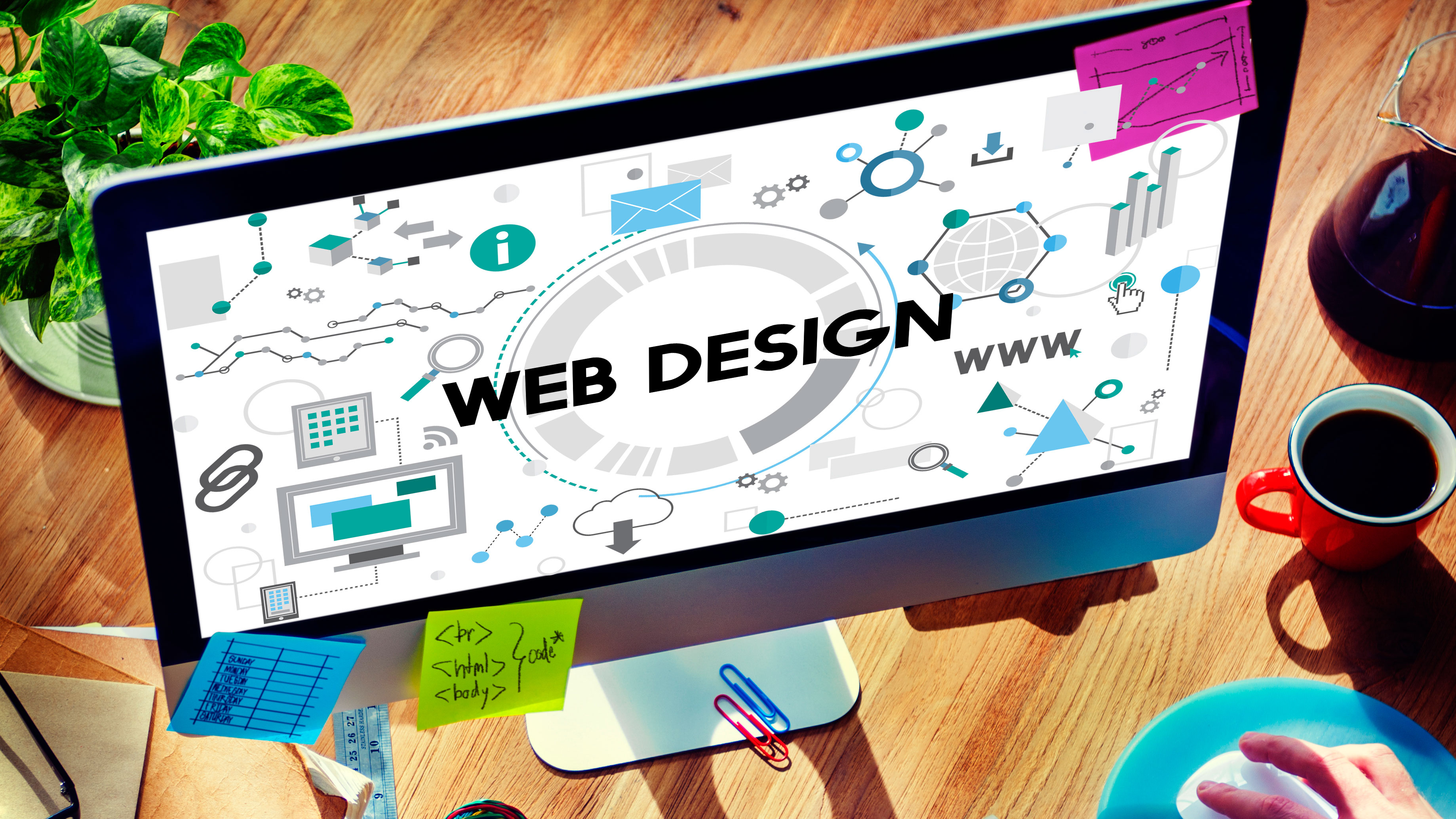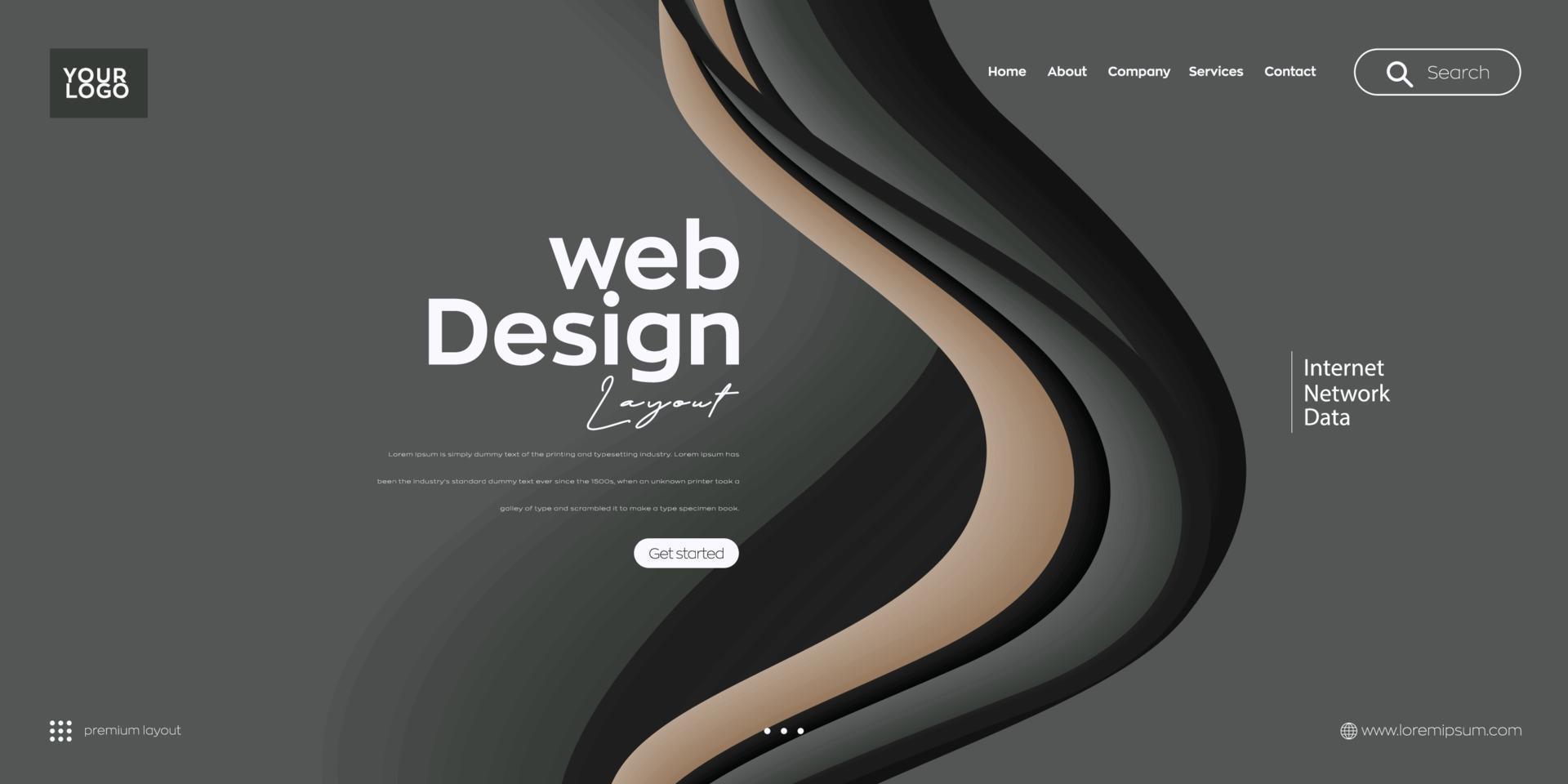Affordable Aligned Position Web Design: Top-Notch Web Design Services at Competitive Prices
Affordable Aligned Position Web Design: Top-Notch Web Design Services at Competitive Prices
Blog Article
The Ideal Types of Website Design to Improve User Experience and Involvement
In the ever-evolving landscape of electronic interaction, the performance of website design considerably impacts customer experience and interaction. Various layout approaches, such as minimal, responsive, and interactive formats, each offer special benefits that can satisfy diverse individual demands. Understanding which sorts of Web style ideal offer these purposes can be critical for organizations intending to boost client contentment and retention. The concern stays: which layout components truly resonate with customers and foster purposeful interaction? The exploration of these principles exposes vital understandings that may redefine your strategy to website design.
Minimalist Web Design
As electronic landscapes end up being progressively cluttered, minimalist website design has emerged as an effective approach to boosting user experience. This design viewpoint prioritizes simpleness, concentrating on necessary components while eliminating unnecessary diversions. By using enough white area, straightforward navigation, and a limited color scheme, minimal design promotes clarity and directs individual focus to vital web content.
The core principle of minimal website design is to create a seamless communication for individuals. By lowering cognitive load, users can swiftly realize information without feeling bewildered. This direct approach not just enhances use yet likewise encourages interaction, as site visitors are most likely to explore a site that is simple and aesthetically attractive to navigate.
Additionally, minimal style frequently stresses typography and imagery, making use of these elements purposefully to communicate messages effectively. This concentrate on essential parts can enhance brand name identity and produce an unforgettable user experience. Basically, minimalist Web layout is not simply a trend; it is a thoughtful approach that recognizes the significance of user-centered layout. By removing extraneous components, designers can create an extra interesting, reliable, and enjoyable Web experience for all users.
Responsive Web Style
In today's diverse digital environment, receptive website design has actually ended up being necessary for developing a smooth user experience throughout a wide range of gadgets. As individuals access web sites on smart devices, laptops, tablet computers, and desktop computers, the ability of an internet site to adapt its format and content to various display sizes and resolutions is essential.
Responsive website design utilizes adaptable grids, pictures, and CSS media inquiries to make certain that Web content is provided ideally, no matter the tool made use of. This approach not just boosts the visual charm of an internet site yet likewise dramatically enhances functionality. Customers are extra most likely to engage with a website that offers a constant experience, as it eliminates the stress of having to zoom in or scroll exceedingly.
By taking on responsive style, companies can boost their exposure and reach a more comprehensive audience. In recap, receptive Web style is a basic technique that boosts individual experience, involvement, and overall satisfaction.
Interactive Website Design
Responsive Web layout lays the groundwork for improving individual experience, yet interactive website design takes this a step further by involving individuals in a much more vibrant means - Aligned Position Web Design. By incorporating aspects such as computer animations, clickable models, and real-time responses, interactive website design mesmerizes users, drawing them into a richer browsing experience
This method not only fosters involvement but likewise motivates users to discover content actively instead than passively consuming it. Strategies such as gamification, where users earn rewards for completing tasks, can dramatically improve the time invested in a website and enhance total satisfaction. Additionally, interactive functions can streamline complex info, making it extra absorbable and satisfying.

Including Home Page interactive design aspects can likewise lead to higher conversion rates, as users are a lot more most likely to engage with a site that proactively entails them. Aligned Position Web Design. Eventually, interactive Web style transforms user experiences into memorable trips, making sure that visitors return time after time
Flat Style
Defined by its minimalistic strategy, level design highlights simpleness and capability, removing unnecessary elements and concentrating on necessary features. This design philosophy prioritizes usability, ensuring that users can navigate user interfaces with simplicity and performance. By utilizing a tidy aesthetic, flat layout eliminates the mess often found in more luxuriant designs, thereby improving individual focus on content and capability.
The characteristic of level layout lies in its usage of strong colors, easy typography, and geometric shapes. These components navigate to this site add to an aesthetically enticing user interface that is both contemporary and approachable. Additionally, flat design cultivates a feeling of clearness, allowing customers to determine necessary activities and information without interruption.
In addition, flat layout is specifically efficient in receptive Web style, as its simpleness translates well across different devices and screen sizes. By concentrating on important features, flat design not just meets user needs but additionally motivates smooth interaction, making it a crucial part of effective Web design techniques.
Adaptive Website Design
Flexible website design customizes the customer experience by developing multiple dealt with formats tailored to different display dimensions and gadgets. Unlike responsive layout, which fluidly adjusts a single format, adaptive design uses distinctive designs for certain breakpoints, guaranteeing optimal discussion on various platforms. This technique permits developers to concentrate on the one-of-a-kind qualities of each device, enhancing usability by delivering specifically what customers require based upon their context.
Among the main advantages of adaptive website design is its ability to enhance load times and performance. By offering tailored content and images that fit the user's tool, websites can lessen data use and enhance loading speeds. This is particularly useful for individuals with slower links or minimal information plans.

Additionally, flexible design promotes a more regulated and regular branding experience. Since designers create several formats, they can guarantee that the visual components align with the pop over to this web-site brand's identification across different platforms - Aligned Position Web Design. This causes a natural user experience, improving involvement and advertising individual retention
Verdict
To conclude, the integration of minimalist, receptive, and interactive Web layout concepts significantly improves individual experience and involvement. Minimal layout fosters clarity and focus, while receptive layout makes certain adaptability across various devices, promoting ease of access. Interactive layout astounds customers via vibrant components, encouraging expedition and customization. Jointly, these layout comes close to add to the production of straightforward settings that not just boost fulfillment yet additionally drive greater conversion prices, highlighting their vital value in contemporary website design strategies.

Minimalist style promotes quality and emphasis, while receptive layout makes certain adaptability across different gadgets, promoting availability. Jointly, these layout comes close to add to the development of straightforward settings that not only improve satisfaction but also drive higher conversion prices, emphasizing their essential significance in contemporary Web design techniques.
Report this page